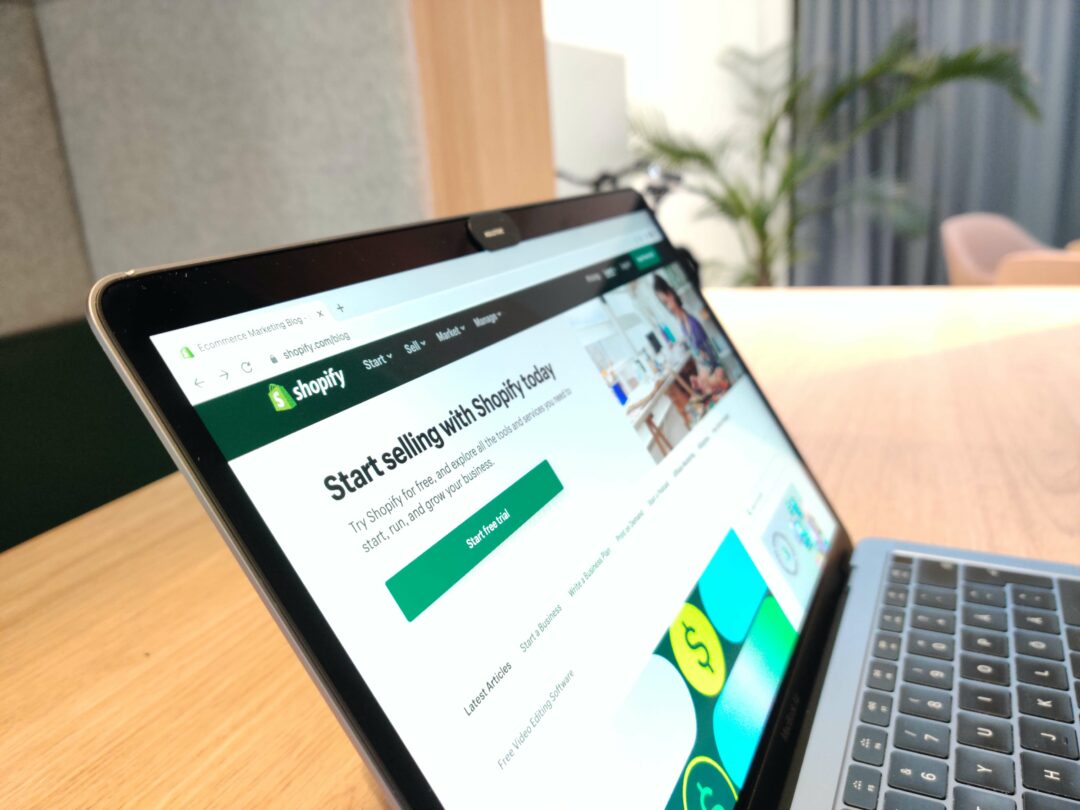If you use a mobile or desktop app for personal or business use then the chances are that part of the underlying software and hardware was created and hosted by a PaaS company (platform as a service). But what does that term mean? We have created a handy guide to help talk you through PaaS and where it fits into today’s digital world.
What is PaaS?
Platform as a service (PaaS) is the leased hardware and software companies use to develop, test, operate and maintain their systems over the internet, either through monthly or one-off payments.
Many businesses that use PaaS are application-based SaaS businesses that do not have the funds, or the option to host or create all software and hardware internally. A PaaS business provides them with the operating systems and tools they need, as well as data centre storage and security (data storage and security are typically what we call IaaS, or infrastructure as a service).
Read more: What does SaaS stand for? Your guide

A bit of background on Platform as a Service
PaaS was first introduced to the tech marketplace in 2006 through a free product called Zimki, by Fotango, a company owned by Canon Europe. Zimki was specifically designed to reduce app developer tasks in creating, maintaining and scaling their javascript applications.
The basic premise was that developers could use Zimki to create their functions as APIs that could then be published externally through open source. Other site users could clone these specific open-source codes to build into their own applications. Whilst Zimki no longer exists it did open the doors to startups in the platform as a service industry.
Since 2015 the PaaS industry has grown enormously from 4 Billion USD to 87 Billion USD in 2021. These figures are set to increase again to a projected 110 Billion in 2022 and further still to 136 Billion USD in 2023 (according to Statistica, April 2022).
Read more: SaaS vs PaaS: what’s the difference?
Common PaaS examples
Google App Engine is a common example of a PaaS business model, providing users with the infrastructure and guides to build and develop apps quickly.
SAP is another PaaS example, however, SAP looks past just SaaS builders to serving end-users in small and medium enterprises. Typically they are looking to build out data-driven software for their own use, to help them achieve more efficiencies, track important customer insights and automate workflows. In effect, they now encompass both PaaS and SaaS products.
PaaS benefits
- Funding new infrastructure and access to leading tech – Hardware and software are incredibly expensive for startups and require years of development and extended teamwork. Platform as a service creates the opportunity for creators to get their web-based applications up and running quickly, using leading tech, with a fraction of the capital and staff required.
- Pre-built multi-platform components reduce coding – Designing and developing component parts of a SaaS application from platform to platform is made easy by using PaaS pre-built integrations.
- Reduces SaaS costs – Keeping expenditures to a tighter budget through monthly subscriptions, allows SaaS business models to offer their products at competitive rates to end-users.
- Scales easily – having access to software and hardware from a provider, means scaling paths reduce in time from years to just a few months, once a route has been agreed upon internally.
- Provides real-time data – Crucial to maintaining web-based apps are a number of data points, from bug issue tracking to user trend forecasting. PaaS can potentially provide all of these things and more.
- Allows for remote working – Country to country, or new hybrid working methods are possible as software and hardware components are accessible via an internet connection.
- Security – One of the biggest challenges to a SaaS company is security, from cyber threats to hacks. Leasing from a platform as a service provider these businesses are also able to buy into firewalls and added security measures provided in the host’s service agreement.
PaaS business challenges
One of the biggest challenges to a PaaS business is server resilience and security. Server outages affect clients’ app experience, which in turn affects their confidence. Learning to deal with outages quickly and accurately is crucial to maintaining customer relationships.
Security must also be a top priority, cyber-attacks on smart and mobile devices are set to increase in 2022 and beyond. Apps using PaaS subscription-based software and infrastructure will want to know that their providers have them covered. This will mean higher costs in support, insurance and maintenance for PaaS suppliers.
Is PaaS here to stay?
Absolutely! The assets that PaaS provide underpin a huge amount of the apps SaaS companies develop and end-users use daily. Serving an industry set to be worth 208 Billion USD in 2023, it is highly imaginable that PaaS investment and feature roll-out will increase over the next few years and for the rest of this decade.
If you want to improve conversions or user experience on your website or SaaS application, get in touch using the Project Planner below.





